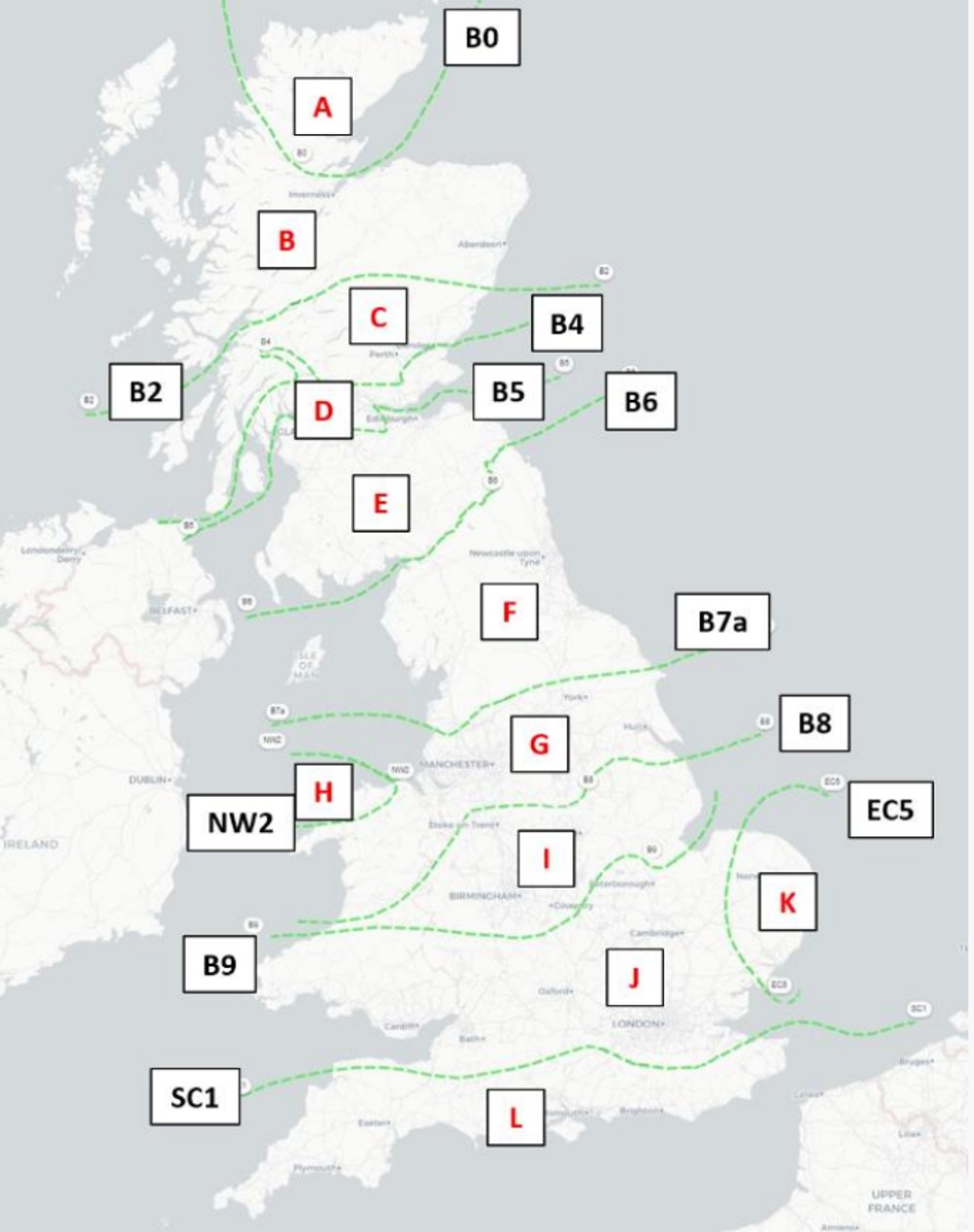Back in July 2022, the UK government launched the Review of Electricity Market Arrangements (REMA). The goal of the review is to decide on a new design for the UK’s electricity market, shifting it from being built around gas and coal generation, to renewables.
Many new designs have been put forward over the past two and a half years, and following consultations – which Nadara has been part of – the government will now choose between two options:
- Option 1: Zonal Pricing – this divides Great Britain into zones, each with its own electricity price based on how much energy is needed and how much it costs to get it there.
- Option 2: Enhanced National Pricing – this maintains one national price, while delivering evolutionary changes to the existing market to make it fit-for-purpose for a renewables-focused future.
The government will decide on the new market design by mid-2025. We have a preferred way forward, which we’ll explain below. We’ll also be sharing our view publicly on our website and through our social channels.
What’s our position?
Nadara supports Enhanced National Pricing.
We believe the UK’s government’s primary policy focus should be on delivering Clean Power 2030 – 95% of energy production coming from low carbon sources by 2030. Getting to that figure will involve doubling onshore wind, tripling solar power, quadrupling offshore wind, and increasing battery storage from 5GW today to 29GW-35GW – all in the next five years. This represents double the development that’s occurred in the last 10 years.
Substantial private investment is required to deliver this transition, with the government saying £200bn is needed from the public purse and private investors over the next five years. Zonal pricing represents a radical reform that cannot be implemented until the 2030s, bringing investment uncertainty for the next seven years – putting the UK’s Clean Power 2030 goal at risk.
“…a stable and attractive investment environment”
National Energy System Operator (NESO), the government-commissioned independent advisor, said in its recent report that in order to achieve Clean Power 2030 the UK will need to: “Reform electricity markets while ensuring a stable and attractive investment environment, to secure over £40 billion of investment annually to 2030.”
Zonal pricing’s ‘rip it up and start again’ approach could potentially create an unstable and unattractive investment environment at a time when bigger picture climate targets require government and industry to deliver at the limit of what is feasible, simultaneously, and at maximum pace.

Alongside other leading energy businesses investing in the UK, we advocate for Enhanced National Pricing to support the UK’s clean energy transition.
This reform approach involves maintaining a single national price, while using strategic energy planning and the network charging regime to manage regional capacity. It would also see the UK build out its grid and implement measures to improve operational efficiency – particularly management of international interconnectors, network constraints, and small-scale generation and storage assets.
Not radical change, but evolutionary developments that improve market arrangements for a renewables-led future and support the stability that NESO says is key for the transition.
Nadara is not opposed to the concept of a zonal pricing wholesale market – we invest in locational pricing markets globally. But we firmly believe given the priority to deliver Clean Power 2030, the risks to renewable energy deployment, and the uncertain benefits for UK consumers, pursuing zonal pricing at this stage is not advisable.
Nadara is supporting the Fairer Energy Future campaign, a coalition of organisations urging the UK government to avoid unnecessary delays and additional costs in achieving clean power by choosing enhanced national pricing.
